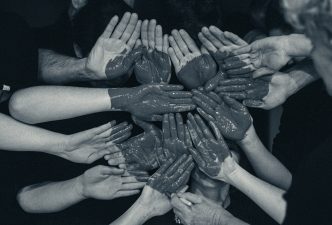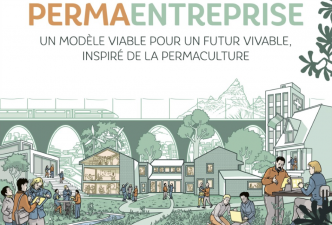Innovation : Constraints can go a long way ! 4 ways to play with them.

(estimated reading time 5 min)
To start with… » The CRaB SQuaT «
Constraints are limitations or restrictions and you know it : they are part of any business and innovation project. If you want to remember easily the Six Types of project Constraints, think “CRaB SQuaT” : Cost, Risk, Benefits, Scope, Quality, Time.
So the question is : how can you play with constraints to innovate even better ?
PHASE 1 = Outline the real constraints.
– Always go back to the origin. Who is setting the constraints? Why are these constraints existing and relevant? How can you reformulate them?
– Put them down in writing. Tip: a constraint is expressed in a binary mode, with a ‘yes’ or ‘no’ answer. For example: the project cost < 40, work is to be done by September…
– Beware of fake constraints! If you can’t express the issue in binary mode, then it isn’t a constraint. Maybe it’s just an objective or an evaluation criteria which will help you choose amongst different ideas. For example: sales increase, fast lead time, improve brand image…
– Add up the constraints. Is the project objective feasible? Yes? Go! No? Negociate!
So the question is : how can you play with constraints to innovate even better ?
PHASE 2 = Respect them.
In improv’ theater (I love improv’ and practiced for long…) actors’ constraints are in reality a gift : they have to talk with a Chinese accent, act out a movie trailer, start sentences with an A, then a B, then a C…. These constraints actually provide a framework to guide the actor. And you know what? An innovation process is just the same! Adapting to constraints is a powerful source of innovation.
Here are two concrete examples of my travels and experiences in Asia.
First example : a community business under constraints observed in #Bangladesh
The challenge : How to provide extra income for these women?
Two constraints : they don’t have the means to invest in equipment, they can’t leave home as they have obligations throughout the day.
Innovation : in a small territory comprised of two or three villages, almost all village women embroider to supplement their household’s income. Each day, in addition to running their household, they embroider two or three pieces. These pieces are called taqiyah, head coverings which are sold at the market and worn at the mosque. The required material (thread and needles) are provided by a local entrepreneur. Once a week, he picks up their production and pays them.
Example 2 : a community business under constraints observed in #Cambodia
The challenge : How to provide extra income for families in rural areas, in the region of Siem Reap?
Constraint : they don’t have the means to invest in equipment.
Innovation : most of these families have a small plot of rice. To earn more money than the mere price of rice, a local entrepreneur decided to let all families who wanted to, make their own rice pasta. He set up a small mill and a vat to cook and form the pasta. Two hours of work a day provide a 40% increase in value of their rice production. Working together as a family and in joy. This innovation was carried out under constraint, integrated into community life. In a word, it is a natural social business!
PHASE 3 = Work (hard) to erase constraints.
– Free others from their own constraints : this is the secret recipe of sharing economy and alternative business models, for example car-pooling or taking an Uber will free you from time constraints (waiting, parking) or use constraints (no need to get a license).
– Free yourself from your own constraints by innovating (and hacking). Open innovation is actually a powerful means to free companies, transfering innovation efforts and responsibility towards external R&D. The company frees itself from internal constraints (budget, deadlines, return on investment). It favors innovative collaborations.
Now, let’s take a minute to think.
– Should we respect constraints rather than seek out how to free ourselves from the constraints?
– Do we need to ask permission to free the company from a constraint or should we work in silence and go about our business?
– The corporate hacker is an inviting prospect, but gloomy too. Is he a squealer or a resistant fighter? Could s/he be both at the same time? A person who once hired me said “I expect you to scratch the creative itch here.” Oh boy! I loved that.
PHASE 4 = Go even further without constraints
Working under constraint strengthens both individuals and companies. The situation makes them more robust and resilient, especially over the long run. So, freeing a constraint can also spark an innovative spurt.
The blind learn how to see differently, via their other senses (smell, touch, hearing). Give a near sighted person their first pair of glasses and they’ll see better than you! This is also the phenomenon which pushes coaches to train their athletes at higher altitudes. When they come back to lower altitudes, training is easier.
Well, in business, it’s the same.
In a factory under space constraints (eg producing 5 tons per square meter, I saw that!) you will find tremendous know-hows. Invest, give them free rein, step back and watch!
In all companies, there are those we listen to and those we don’t. They are usually not part of the C-suite, but have been in the company for a long time. Listen to what they say, you would be impressed by their ideas!
Now, write down your constraints and ask yourself how long they’ve been there, and how you can make things bigger and better with them onboard.
Want to know more about Altermakers network? Come and visit us.










Commentaires